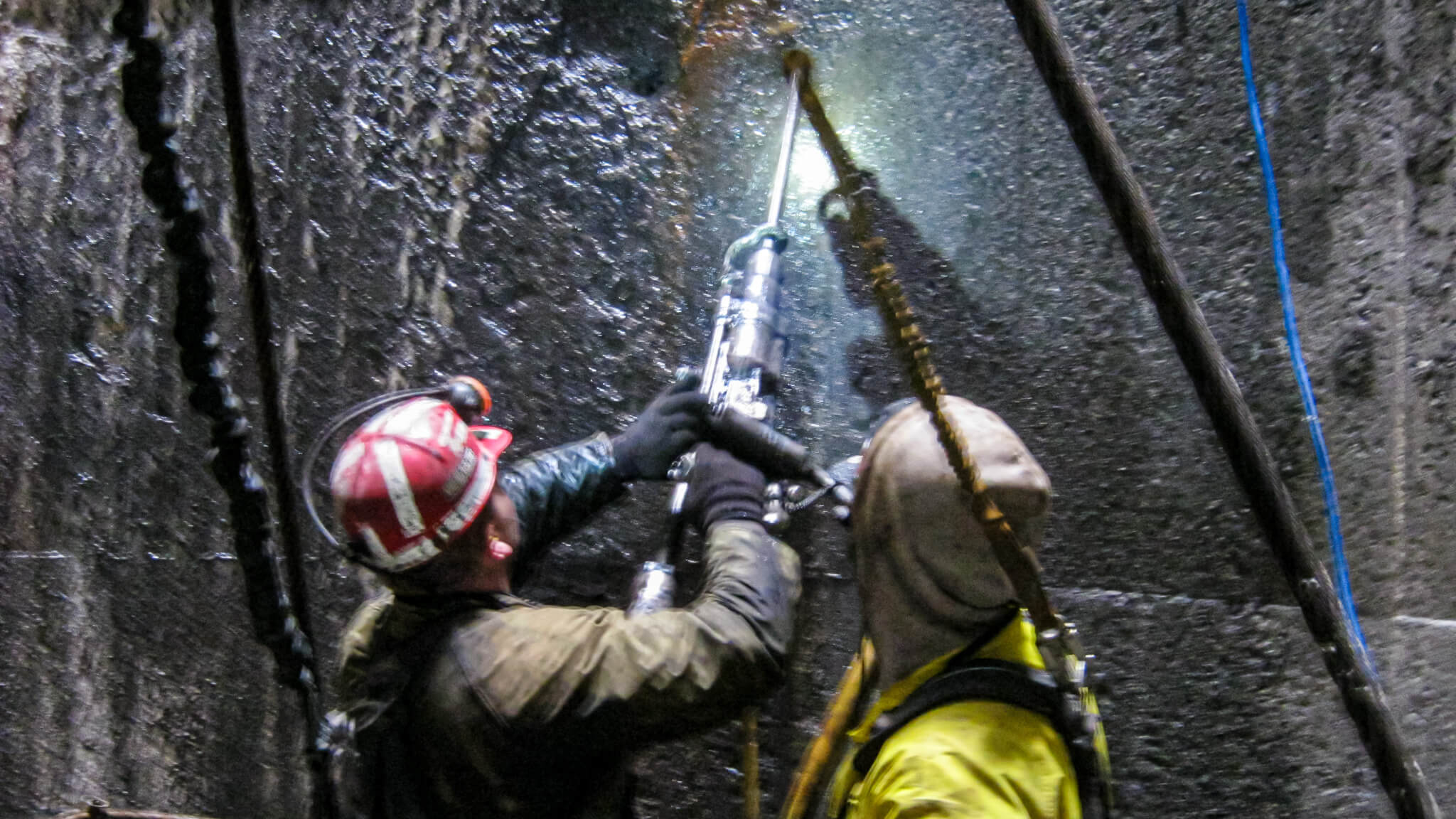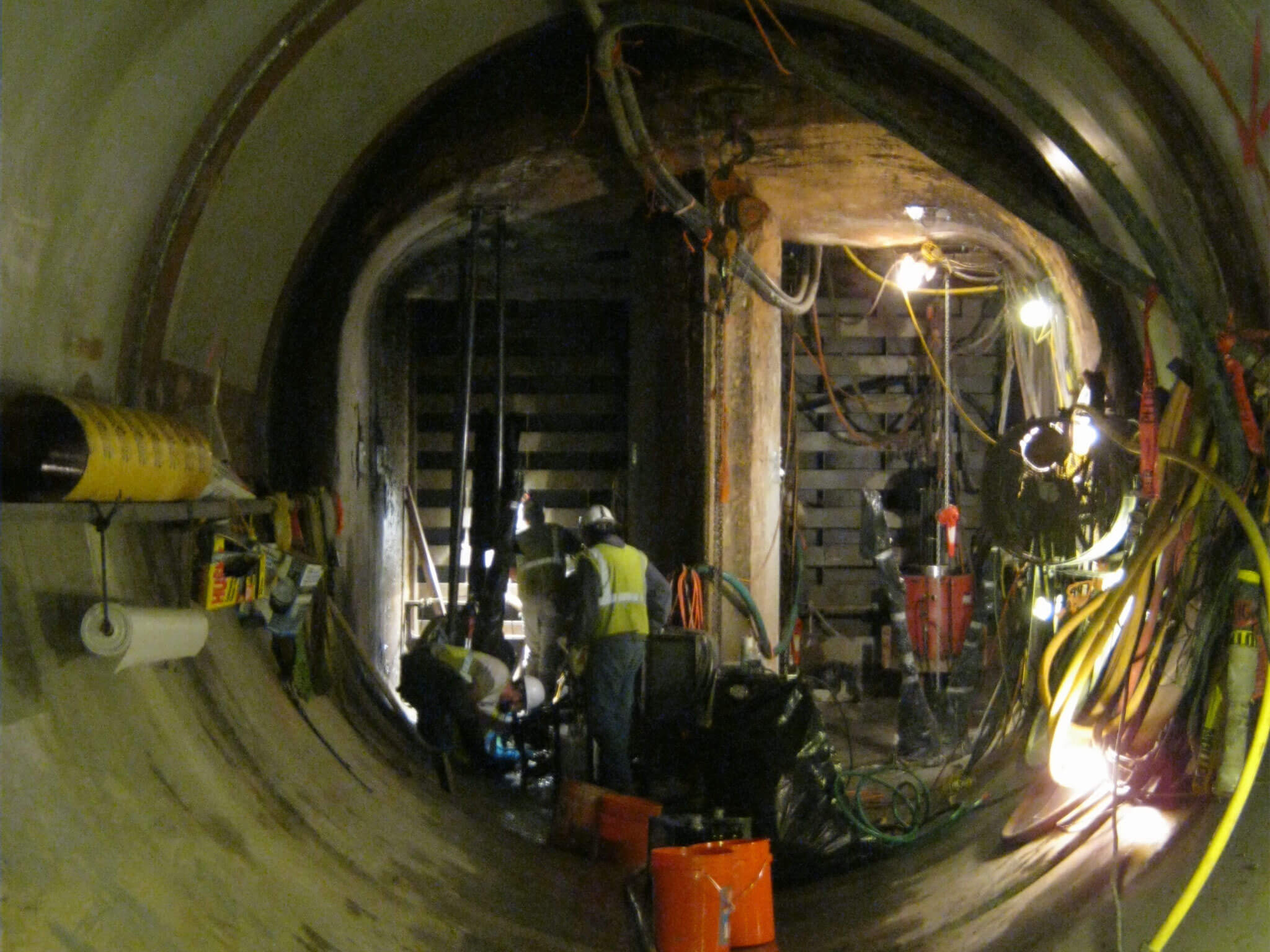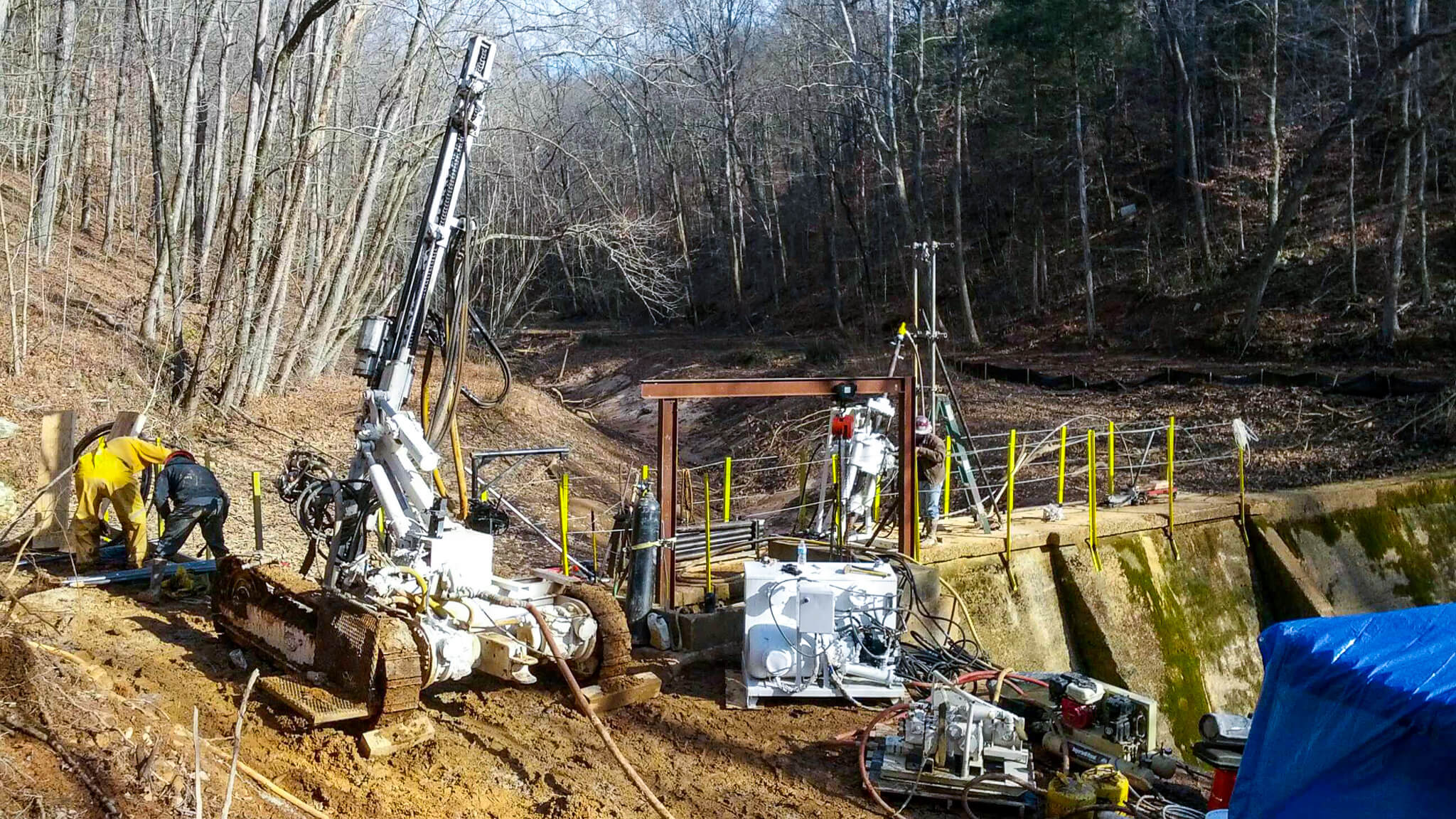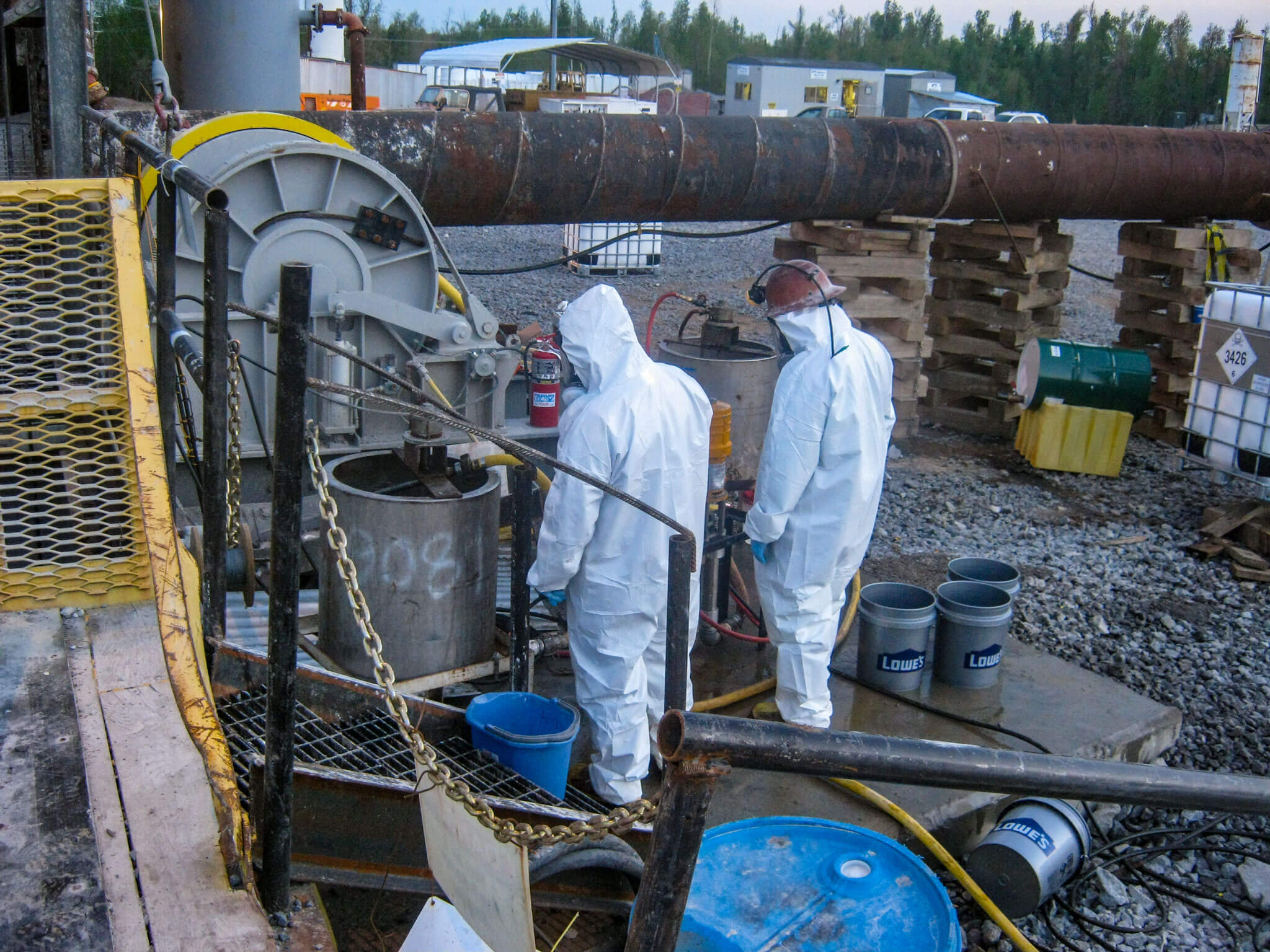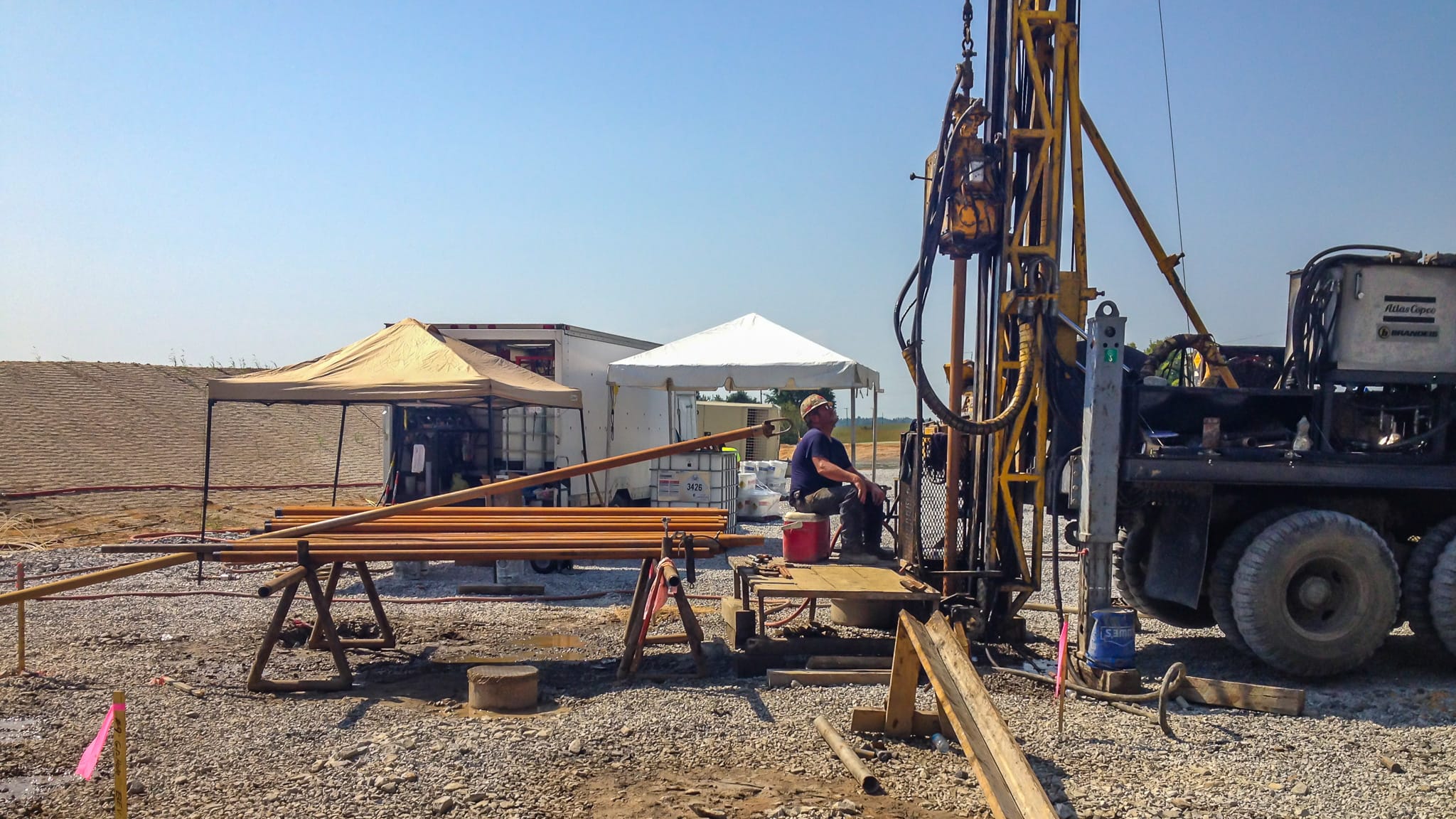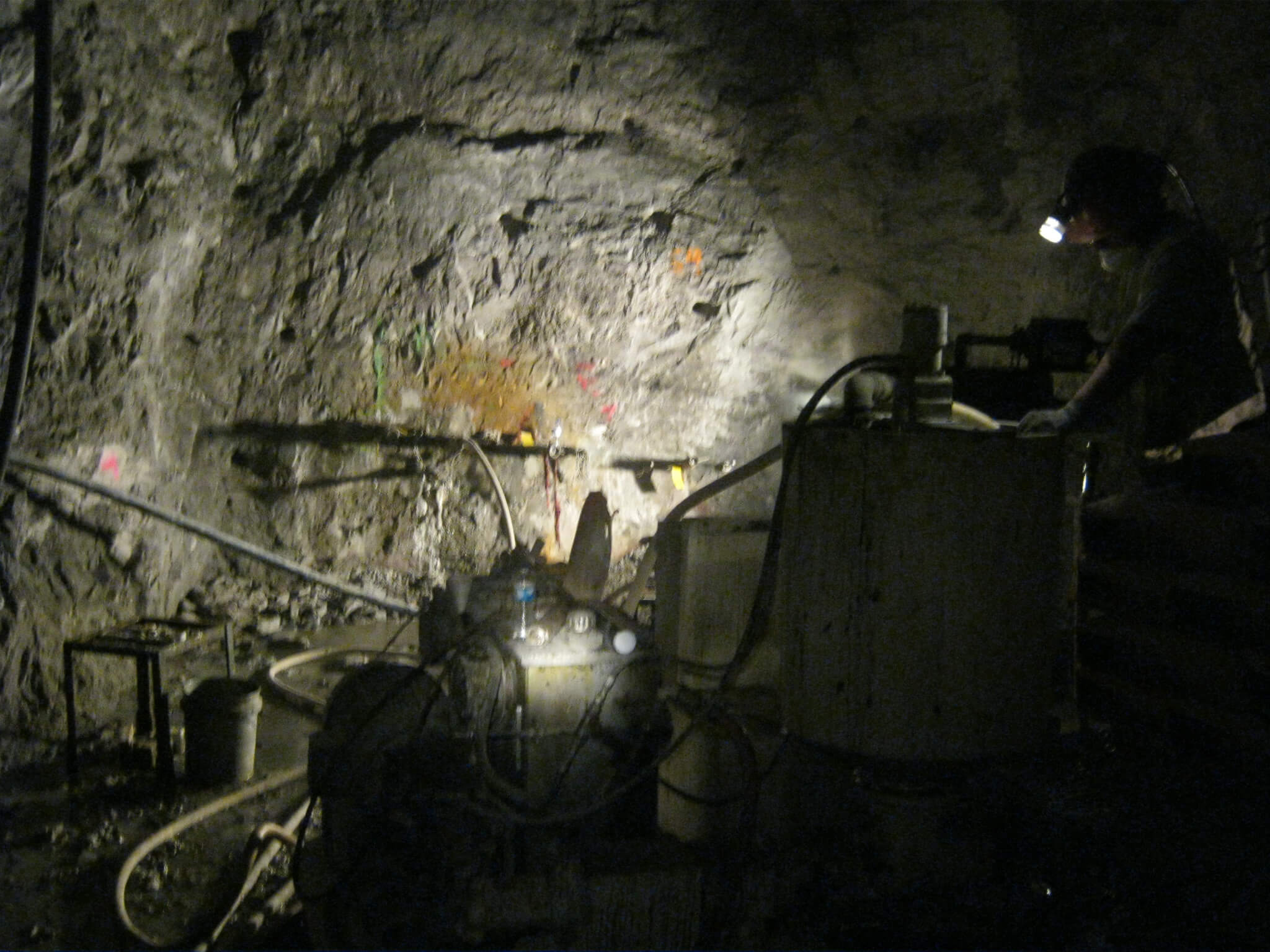Contact Grouting
Contact grouting involves the filling of void space between a cast-in-place (CIP) structure and the in-situ geo-material or another structure. It may be similar to annular space grouting, however, when contact grouting, normally the extent of the void space is not known. Generally, the intent of contact grouting is to increase the structural integrity of the structure. Contact grouting is often done in association with CIP liners for tunnels, shafts, mine plugs, etc.
Contact grouting may be necessary for numerous reasons, but the primary function is to ensure intimate contact of a CIP structure and the host material. Examples of where contact grouting may be used include the following:
Within pressure tunnels to prevent expansion of the tunnel liner under pressure
Around bulkheads and mine plugs to ensure contact with the surrounding rock
To ensure a minimum thickness of liner is achieved in any cast in place liner system
Within sewer tunnels to prevent sulfate attack of concrete liners from behind the liner
The term contact grouting does not define the type of grout used. Many contact grouting programs are accomplished using ordinary Portland cement grouts; however, based on the void characteristics and the intent of the grouting program, microfine cements or chemical grouts may be utilized.
MODIFIED CONTACT GROUTING
Modified Contact Grouting (MCG) is a relatively new grouting technique. MCG utilizes the systems which are installed to divert water away from cast-in-place (CIP) installations to deliver grout to rock mass discontinuities, thus, essentially combining the contact grouting and consolidation grouting processes. The technique can generally be used on any structure for which contact grouting can be applied. Commonly, MCG is done when schedule limitations prevent full contact and consolidation grouting programs being undertaken or where both programs can be undertaken but there is a desire for greater water infiltration reduction than typical industry standards.
MCG does not vary significantly from contact grouting in the processes, equipment, or materials used. It is based on slight modifications to the CIP installation and contact grouting program which allow grout to be more effectively delivered to voids behind the CIP structure and to rock mass discontinuities.
MCG does require a high degree of cooperation between all parties associated with a project. A successful MCG program requires planning for the program to begin well in advance of the grouting program as numerous elements of the CIP placement process are utilized in the grouting process.
Since contact grouting is often utilized in underground or restricted access applications, our experience allows us to undertake virtually any contact grouting project. We have been involved with contact grouting projects on numerous tunnels, penstocks, even a highly unique project to contain and divert a 1,600 gpm from a raise within an adit. To discuss your contact grouting project, contact us.
Contact Us
Our Locations
Corporate Headquarters
Cincinnati
12071 Hamilton Avenue
Cincinnati, Ohio 45231
513.825.8100
Regional Offices
Pittsburgh
2100 Corporate Dr Ste 250
Wexford, PA 15090
412.635.7155
Chicago
2700 International Dr Ste 302
West Chicago, IL 60185
630.206.4056
Knoxville
9111 Cross Park Dr Ste D200
Knoxville, TN 37923
513.675.8108
Charlotte
2626 Bennett Rd
Fort Mill, SC 29715
803.548.1480
Clearwater
12300 44th St. N.
Clearwater, FL 33762
727.572.9200

A 100% ESOP Company

A 100% ESOP Company
© 2024 Richard Goettle, Inc. All Rights Reserved. Website by BigSmall Agency.


